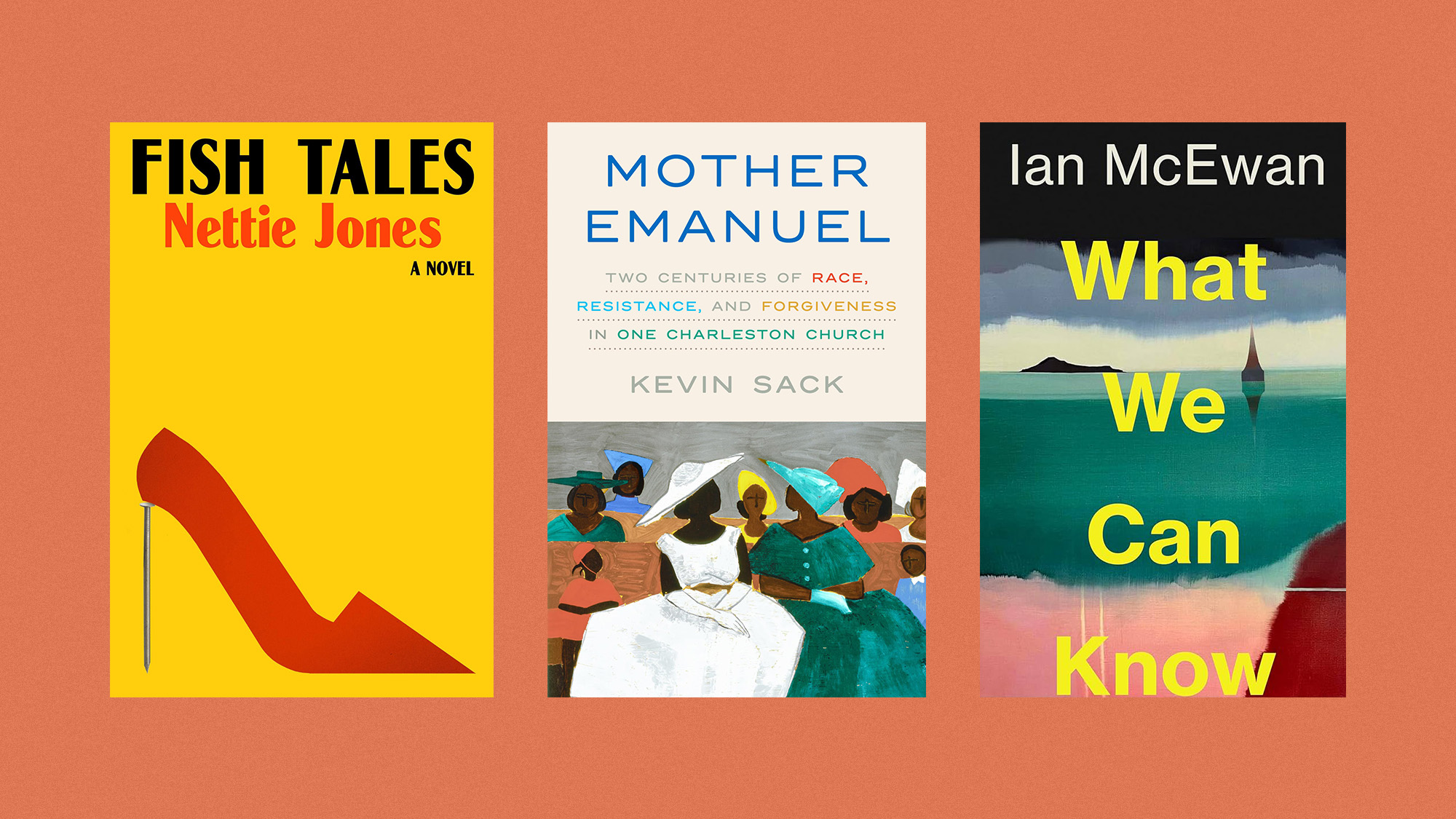Exhibition of the week: Anish Kapoor: Past, Present, Future
Boston
Anish Kapoor: Past, Present, Future
Institute of Contemporary Art/Boston
Framingham, Mass.
The Week
Escape your echo chamber. Get the facts behind the news, plus analysis from multiple perspectives.

Sign up for The Week's Free Newsletters
From our morning news briefing to a weekly Good News Newsletter, get the best of The Week delivered directly to your inbox.
From our morning news briefing to a weekly Good News Newsletter, get the best of The Week delivered directly to your inbox.
Through Sept. 7
Anish Kapoor’s sculpture has become known to millions over the past few years, said Richard Lacayo in Time. His outdoor Cloud Gate, a shiny, silvery blob in Chicago’s Millennium Park, has been a tourist attraction ever since its unveiling in 2004. “A fat, arching pillow of reflective steel, it’s a giant fun-house mirror that bends people, clouds, and the skyline into endlessly shifting puddles.” Affectionately known by locals as “the Bean,” Cloud Gate reflects Kapoor’s affinity for flashy, crowd-pleasing effects. But Kapoor is capable of much more, and the “indispensable show” at Boston’s Institute for Contemporary Art introduces American museumgoers to his full ethereal aesthetic. These 14 rather large works by the British sculptor are “smart, subtle, and even a little haunting.” Running smack down the middle is the stainless-steel S-Curve. “Because of its length and polish, S-Curve dematerializes, the way Cloud Gate does,” and seems to take its surroundings with it.
Kapoor has more or less done away with the traditional idea of sculpture as a solid form, said Sebastian Smee in The Boston Globe. His typical work is “a kind of optical whirlpool, something that sucks you in and makes all your certainties vanish.” When I Am Pregnant (1992), for instance, at first looks like any other understated minimalist sculpture—“nothing more than a white spherical bump protruding 1 1/2 feet from the gallery’s white wall.” But as you walk around it, “all its defining contours—so sharp from side on—simply disappear.” Similarly, My Body Your Body seems like a painting in monochrome blue. Walk toward the work, though, and you discover it’s in fact a sculpture with a deep, receding hole in the middle.
Kapoor’s style occasionally smacks of visual gimmickry, said Roberta Smith in The New York Times. His flashy conceits can “make his work appear tricky, decorative, and shallow.” Though obviously indebted to minimalists such as Donald Judd and post-minimalists such as James Turrell, his works sometimes “seem to have been concocted by playing fast and slick” with those predecessors’ ideas. Yet ultimately Kapoor’s art is more than the sum of its influences. He “surpasses many of his forebears in the restrained accessibility” of his breezily postmodern sculptures, and exceeds almost anyone living as a popularizer of serious art.
A free daily email with the biggest news stories of the day – and the best features from TheWeek.com
-
 Received a gift card this holiday season? Here’s how to maximize it.
Received a gift card this holiday season? Here’s how to maximize it.The Explainer Make the most of your present
-
 ‘Lumpy skin’ protests intensify across France as farmers fight cull
‘Lumpy skin’ protests intensify across France as farmers fight cullIN THE SPOTLIGHT A bovine outbreak coupled with ongoing governmental frustrations is causing major problems for French civil society
-
 The best books of 2025
The best books of 2025The Week Recommends A deep dive into the site of a mass shooting, a new release from the author of ‘Atonement’ and more
-
If/Then
feature Tony-winning Idina Menzel “looks and sounds sensational” in a role tailored to her talents.
-
Rocky
feature It’s a wonder that this Rocky ever reaches the top of the steps.
-
Love and Information
feature Leave it to Caryl Churchill to create a play that “so ingeniously mirrors our age of the splintered attention span.”
-
The Bridges of Madison County
feature Jason Robert Brown’s “richly melodic” score is “one of Broadway’s best in the last decade.”
-
Outside Mullingar
feature John Patrick Shanley’s “charmer of a play” isn’t for cynics.
-
The Night Alive
feature Conor McPherson “has a singular gift for making the ordinary glow with an extra dimension.”
-
No Man’s Land
feature The futility of all conversation has been, paradoxically, the subject of “some of the best dialogue ever written.”
-
The Commons of Pensacola
feature Stage and screen actress Amanda Peet's playwriting debut is a “witty and affecting” domestic drama.